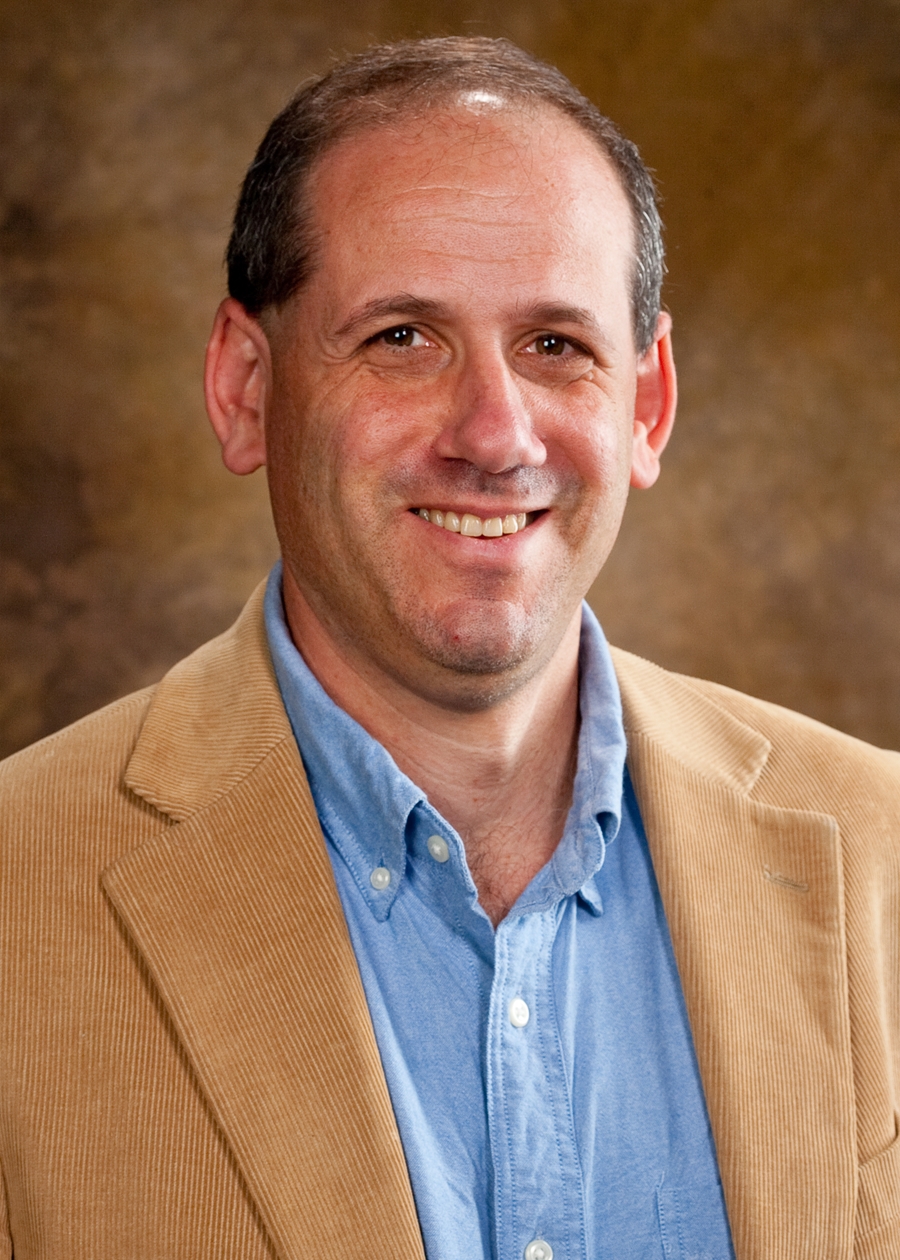Analysis of Anatomy and Diet Finds Evolution Follows Least Resistant Path
FAYETTEVILLE, Ark. – Evolution follows the path of least resistance, which can result in suboptimal physical traits that don’t ideally match the functional need, according to a new analysis by University of Arkansas anthropologist Peter Ungar.
Ungar, Distinguished Professor, chair of Department of Anthropology and director of the environmental dynamics doctoral program at the University of Arkansas, detailed his findings in Science this month with coauthor Leslea Hlusko, associate professor at the University of California Berkeley.
“Paleontologists typically reconstruct past behavior by assuming that function follows form,” Ungar said. “We need to look at things in a different way and consider the number of genetic steps it takes to get from one anatomy to another. There can be more than one function for a given form and different forms can serve the same function.”
Ungar analyzed teeth from two human ancestors with similar dental and jaw structure and found that dental anatomy historically associated with a hard food diet was used to eat mainly plant-based diets. And while the two species had similar anatomies and teeth, their diets were different.
The Paranthropus boisei from eastern Africa and Paranthropus robustus from southern Africa are groups of species from 4.2 to 1.3 million years ago that share similar head and tooth anatomy characterized by large, flat teeth with thick enamel and jaws and faces that indicate strong chewing muscles.
Those characteristics have often been interpreted as adaptive for crushing hard foods. Ungar and his colleagues analyzed the microwear on the teeth and used previously published data on carbon isotopes to conclude that P. robustus had a diet of plant foods and only occasional consumption of hard objects like nuts or roots, while the microwear and isotope values on the teeth of P. boisei indicate it consumed softer, tougher and possibly more abrasive foods like grasses.
“So despite their similar masticatory morphology, chemical and wear traces of the foods eaten suggest that these two species differed markedly in their diets,” Ungar said.
And neither diet matched previous inferences that the large muscles and facial structure indicated a diet of hard, crunchy food.
More crested molars like those in gorillas would be more efficient in tearing fibrous plant material, but flatter molars with thicker enamel, like those of modern humans, advanced through the genetic record.
Ungar said the form of the tooth and jaw anatomy in this case is ideal for the diets these hominins ate, but it took fewer genetic changes to get there. Thicker enamel with a simpler tooth architecture was more adaptable for a variety of challenging diets through time, so it carried on as the human species developed.
“You will reach suboptimal, but functional, solutions if they require fewer genetic mutations,” Ungar said. “We need to look at things in a new way and take into account the evolutionary path of least resistance.”
About the University of Arkansas: The University of Arkansas provides an internationally competitive education for undergraduate and graduate students in more than 200 academic programs. The university contributes new knowledge, economic development, basic and applied research, and creative activity while also providing service to academic and professional disciplines. The Carnegie Foundation classifies the University of Arkansas among only 2 percent of universities in America that have the highest level of research activity. U.S. News & World Report ranks the University of Arkansas among its top American public research universities. Founded in 1871, the University of Arkansas comprises 10 colleges and schools and maintains a low student-to-faculty ratio that promotes personal attention and close mentoring.
Contacts
Peter Ungar, Distinguished Professor
Anthropology
479-575-6361,
punger@uark.edu
Amy Schlesing, director
Science and Research Communication
479-575-3033,
amys@uark.edu
Headlines
PetSmart CEO J.K. Symancyk to Speak at Walton College Commencement
J.K. Symancyk is an alumnus of the Sam M. Walton College of Business and serves on the Dean’s Executive Advisory Board.
Faulkner Center, Arkansas PBS Partner to Screen Documentary 'Gospel'
The Faulkner Performing Arts Center will host a screening of Gospel, a documentary exploring the origin of Black spirituality through sermon and song, in partnership with Arkansas PBS at 7:30 p.m. Thursday, May 2.
UAPD Officers Mills and Edwards Honored With New Roles
Veterans of the U of A Police Department, Matt Mills has been promoted to assistant chief, and Crandall Edwards has been promoted to administrative captain.
Community Design Center's Greenway Urbanism Project Wins LIV Hospitality Design Award
"Greenway Urbanism" is one of six urban strategies proposed under the Framework Plan for Cherokee Village, a project that received funding through an Our Town grant from the National Endowment for the Arts.
Spring Bike Drive Refurbishes Old Bikes for New Students
All donated bikes will be given to Pedal It Forward, a local nonprofit that will refurbish your bike and return it to the U of A campus to be gifted to a student in need. Hundreds of students have already benefited.





